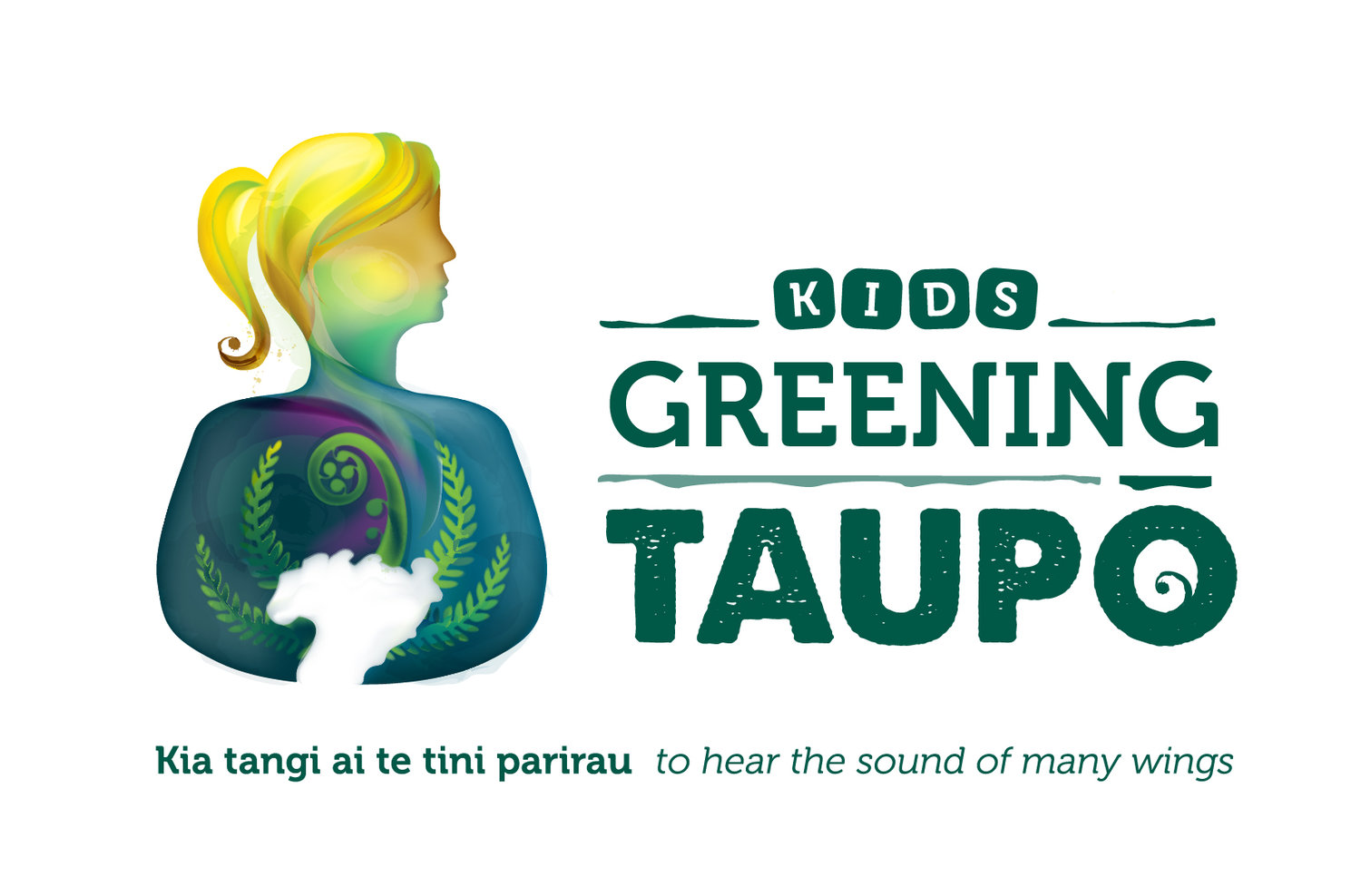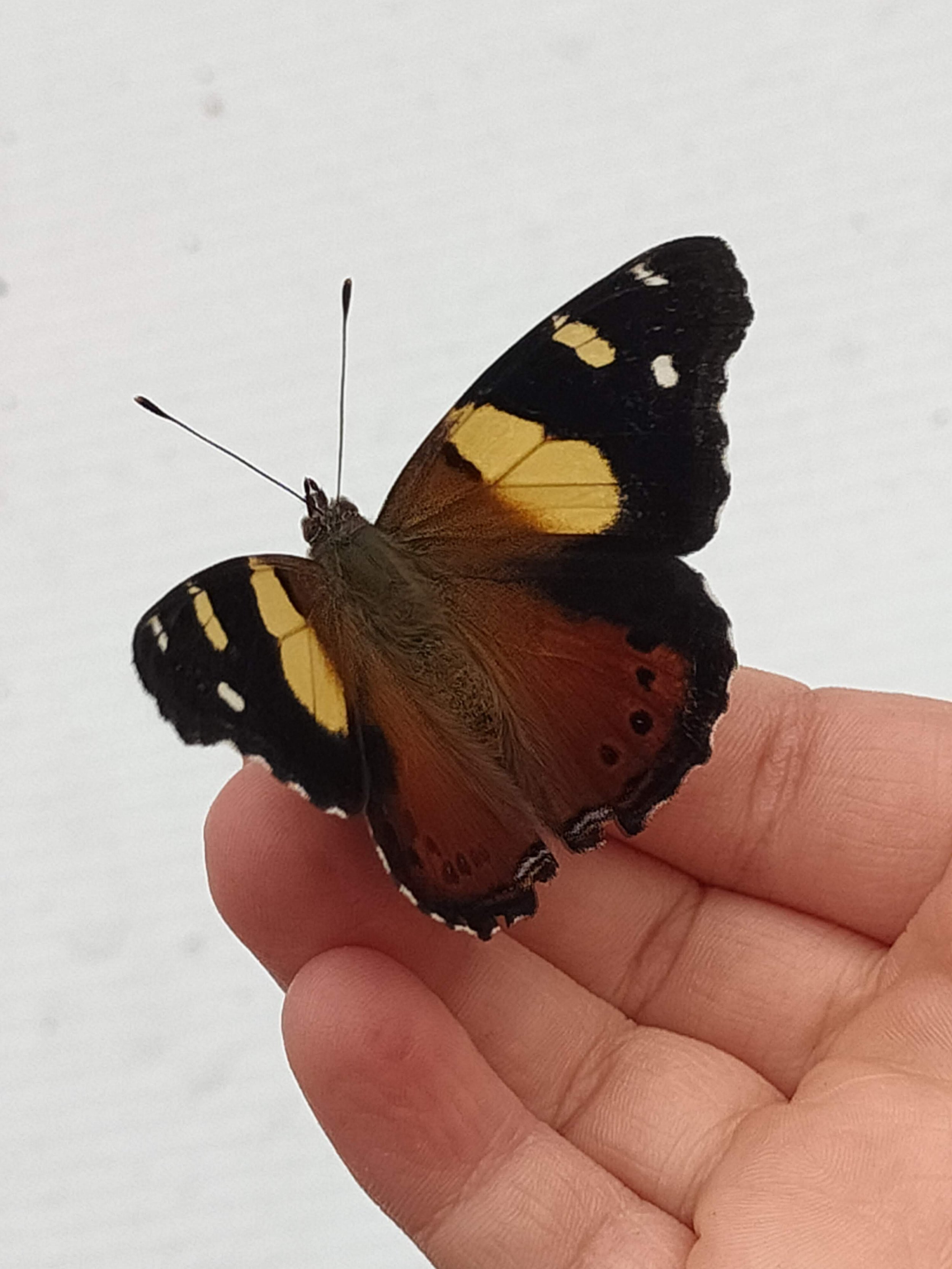Make a Butterfly/Moth Garden
Are you interested in butterflies? You could grow swan plants and observe the life cycle of the monarch butterfly. This popular activity always intrigues adults and children, no matter how many times they have done it. But, why not be more creative and extend the learning further?
Did you know that New Zealand is home to over 2000 types of native butterflies and moths! In fact, New Zealand has a higher rate of unique butterfly and moth species than anywhere else in the world. 92% of our species are found nowhere else in the world! Our species are quite different to Australia’s species. A high proportion of our species have larvae that feed on leaf litter. We also have a large number of brightly coloured day-flying moth species. Many New Zealand species of butterflies and moths are very rare, often only living in a small place.
We also have interesting species that have been introduced as biological controls for weedy plants, such as the Honshu white admiral butterfly to control Japanese honeysuckle and the cinnabar moth to control ragwort. It’s really interesting to learn about these insects and why they were introduced to Aotearoa.
You could be a citizen scientist and go on a butterfly and moth hunt, then report the species that you find. Follow the link to learn about how to do this.
Most New Zealand native moths/butterflies have a special native plant that their caterpillars eat. Our big beautiful puriri moths’ caterpillars live in puriri trees, but also love putaputaweta trees. Read more about this awesome relationship here. Many New Zealand trees and ferns are hosts to particular moths. Our kōwhai tree and tīkouka (cabbage tree) have unique moths. In fact the cabbage tree moth is a master of camouflage, matching the patterns on the leaves perfectly. So, plant lots of native plants and you will find a lot more of our interesting native insects come to visit your garden too!
If you want to make a butterfly garden and attract colourful butterflies, check out this awesome resource from Forest and Bird: How to make a butterfly garden
Please think of our native species, especially those that are endangered. Our unique endemic red admiral butterfly and the yellow admiral butterfly love stinging nettles as their host plants. These might be a bit tricky to plant in your school/kindergarten garden, but maybe you could try planting one at home in a special spot? Our copper butterflies love muehlenbeckia species as host plants, you could plant these. You might find that they attract fantastic lizards to your garden too! Lots of butterflies and other interesting bugs (including native moths, bees, and flies) are attracted to the flowers of koromiko, which is also a lovely native garden plant and rongoa species, so this is a great plant to start your butterfly garden with.
A native copper butterfly on a koromiko flower
A copper butterfly on its host plant pohuehue/Muehlenbeckia
For more detailed information about planting for butterflies, check out this Butterfly Breeding Guide from Forest and bird.
Check out this awesome project at Burnside Primary School. With help from 'The Bugman’ Ruud Kleinpaste, they created a butterfly garden to bring a rare species of copper butterfly back to Christchurch. How cool is that!
Have fun researching, planning and creating your butterfly garden. Remember to think about our our beautiful moths too. Many of our native moth species are day flying, so you might spot them in the flowers too!
Useful Resources:
How to make a NZ butterfly garden
Nectar flowers to plant for butterflies
How to plant a Butterfly Garden -Yates Guide
Fun activities and educational resources
Native Plants for NZ butterflies list
A native yellow admiral butterfly, kahukōwhai
Then, why not bring more interesting butterflies and moths into your garden by planting special species to attract them? You’ll need to think about planting a food source for the butterflies/moths, and also the host plants (the plant that they lay their eggs on, or that the caterpillars live on). This is a great inquiry project for kids (and adults too)!
This amazing resource put out by the Moths and Butterflies of New Zealand Trust shows butterflies found in Aotearoa:
Find the pdfs and the original source here: https://www.nzbutterflies.org.nz/wp-content/uploads/Big-Butterfly-Count-2024-Tally-Sheet.pdf
This video is about planting for pollinators in an urban environment.







